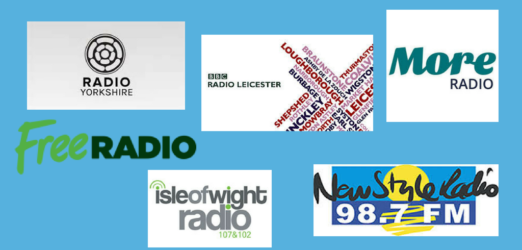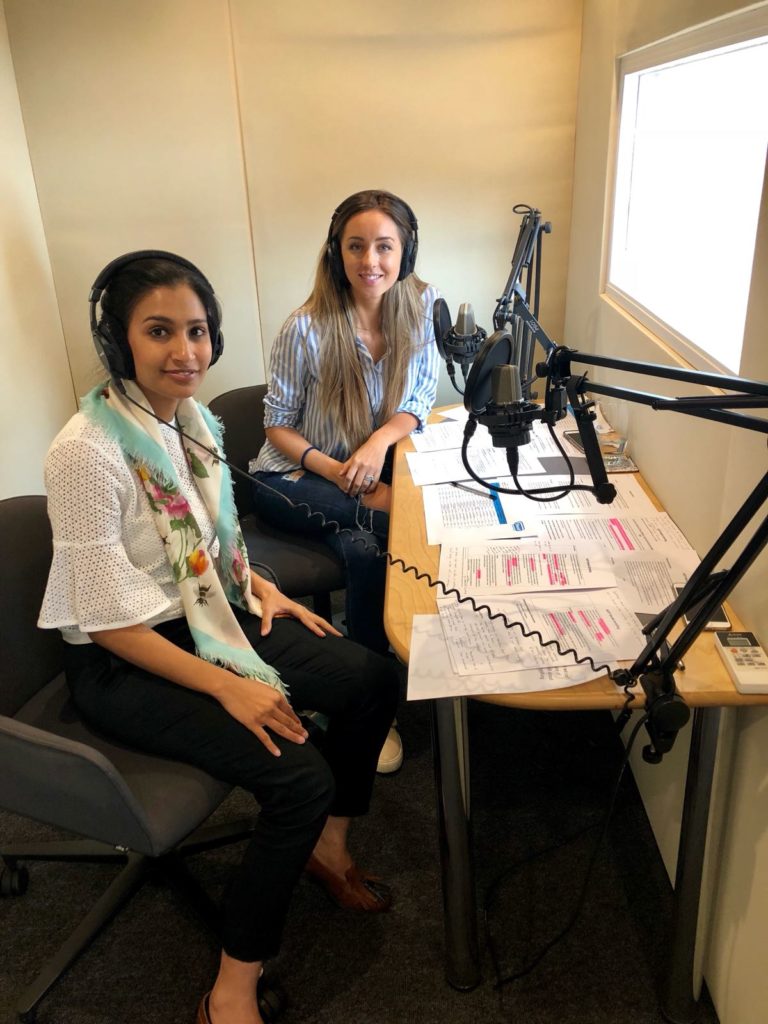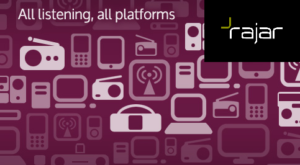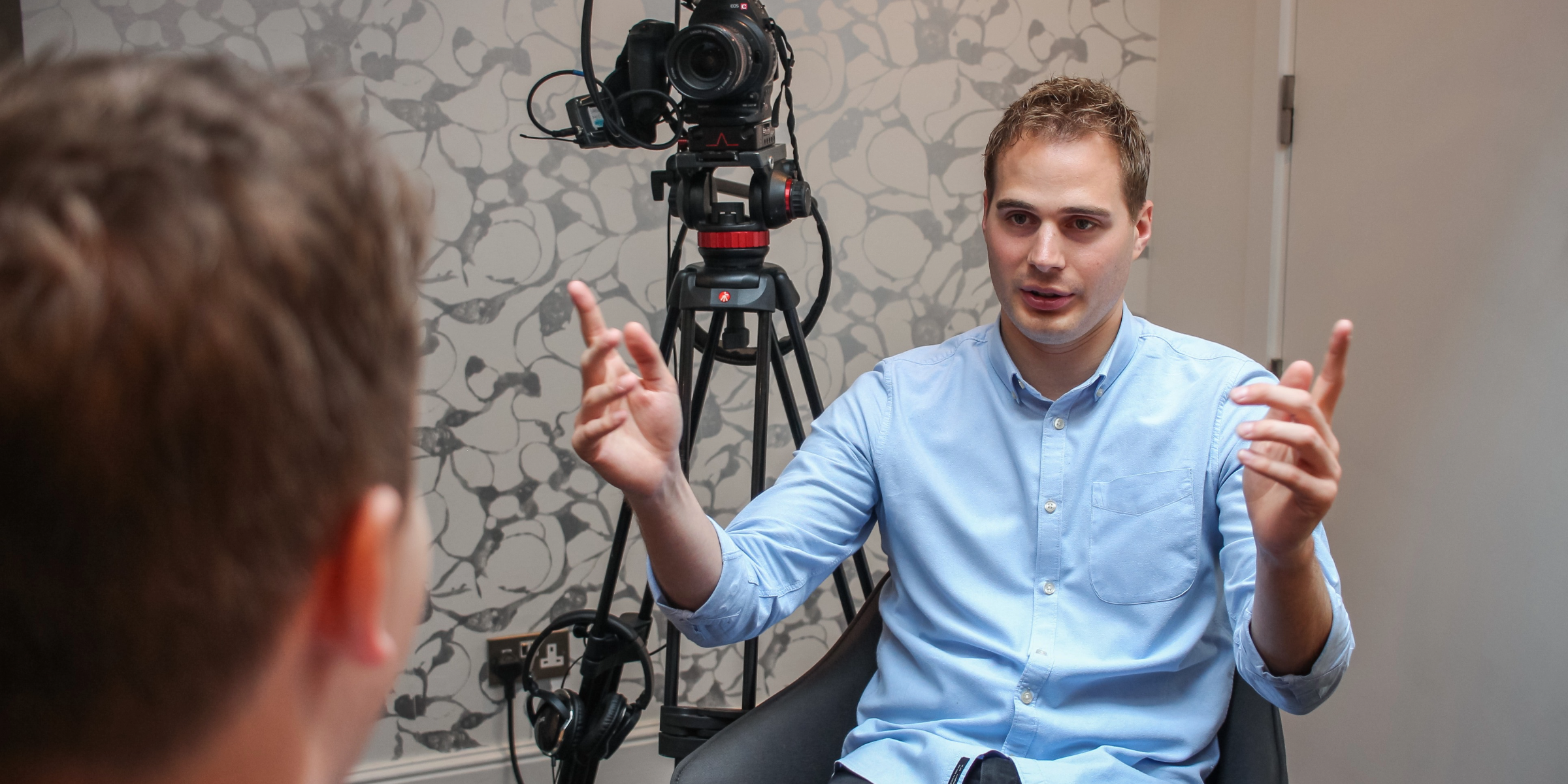Much like comparing TV to radio, some stories simply aren’t made for everything. If you’ve got a story with a visual aspect then TV will, naturally, be more appropriate than radio. However, if your campaign is based on spreading information to the masses using spokespeople and statistics, then radio will be the way to go. You can similarly compare regional radio stations to those that are national, as some stories will work better being broadcast to one massive target audience, whereas some will suit a local aspect, reaching the far corners of the UK. One method is not better than another; it all comes down to how the information needs to be broadcast.
Certain stories fit perfectly into the local radio mantra. If your PR campaign has a regional theme to it, including spokespeople and case studies if possible, then broadcasters will love it. To give an example, we recently worked with the Royal British Legion in conjunction with Fields in Trust on their Centenary Fields campaign. As the story was focussing on patches of land all over the UK, local stations with large audiences snapped up our interview slots as they love a story that relates to their patch. Similarly, if you have a story based on statistics and can source individual numbers for specific regions, you’ll find a similar response from the broadcasters. Of course, not all stories are like this and will some suit being played out nationally, which is also something we can provide.
If your campaign features a big-name brand, and ideally a big-name spokesperson, local broadcasters won’t be able to book in quickly enough. Generally speaking, the listenership of these stations is smaller than many national broadcasters, their guests are often less impressive and their presenters will only be ‘famous’ within the area in which they broadcast. When they get a call from us offering up a household name, they see this as a chance to make their station seem more professional to their listeners, as if the guest came to them. It also makes the audience pay more attention as they won’t be used to their station of choice having such a recognised voice on air. Therefore, when said spokesperson carefully slips some branding into the interview, it’ll be in the conscious of the listener come the end of the interview.
On the subject of branding, one major challenge when dealing with national broadcasters is that they are reluctant to allow brand mentions, usually only letting one or two drops. This is especially the case when dealing with BBC’s of any kind as they stay away from brand names at all cost, often forcing spokespeople to shoe-horn in a mention against the will of the presenter! Despite being local, BBC regional stations will still take issue with over-branding, as will commercial stations with good listenership as they have to adhere to Ofcom standards. Smaller stations, we find, tend to be far more lenient when it comes to brand mentions. As with my previous point about having a big-name spokesperson, big-name brands will perk up a listeners’ ear while in an interview as it stands out from the usual advert portion of a show. The presenters are also more likely to introduce the interview with a brand mention for free, as they’ll paint a picture for their audience fully, something a BBC journalist will do minus the crucial mention. Once the chat is underway, figures are being discussed, results of studies debated and so on, the spokesperson will also be able to drop another brand mention into natural conversation, maybe two if they are feeling lucky (and it’s appropriate), helping the brand name stick in the audiences’ mind.
For more information on radio days as a whole, click here.
A good way to think of a local radio station is as filler; in between all the big-hitters, it’s good to have a selection of smaller stations in patches that the bigger stations might not reach. Local radio ensures good coverage nationally, meaning your PR campaign will reach people of all ages and demographics all over the UK, not just the core BBC audience for example. If you’re planning a PR campaign and are considering using broadcast, get in touch. Email hello@shoutcommunications.co.uk or call us on 02072407373.





